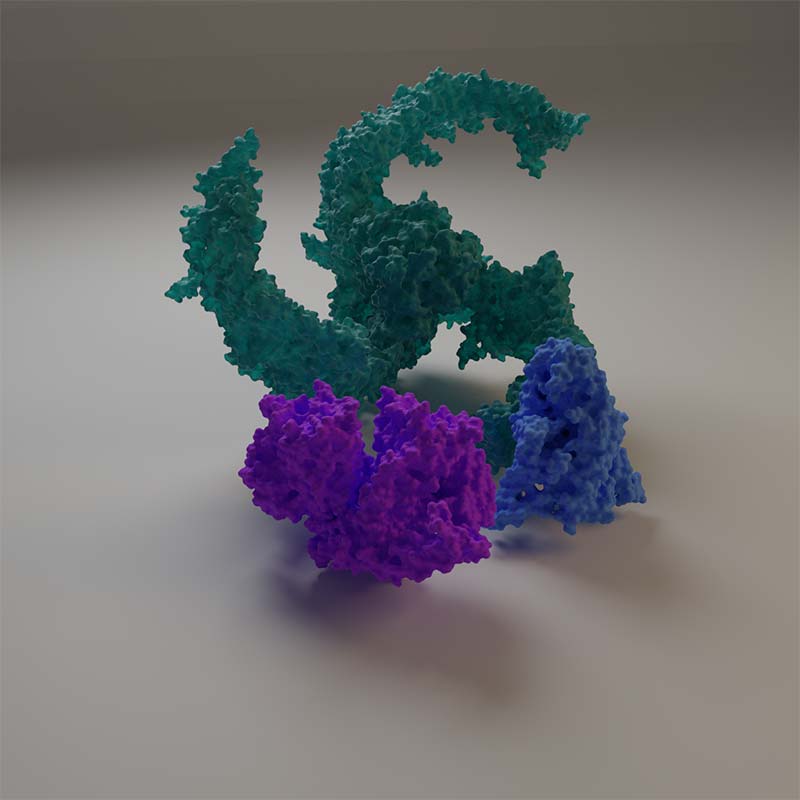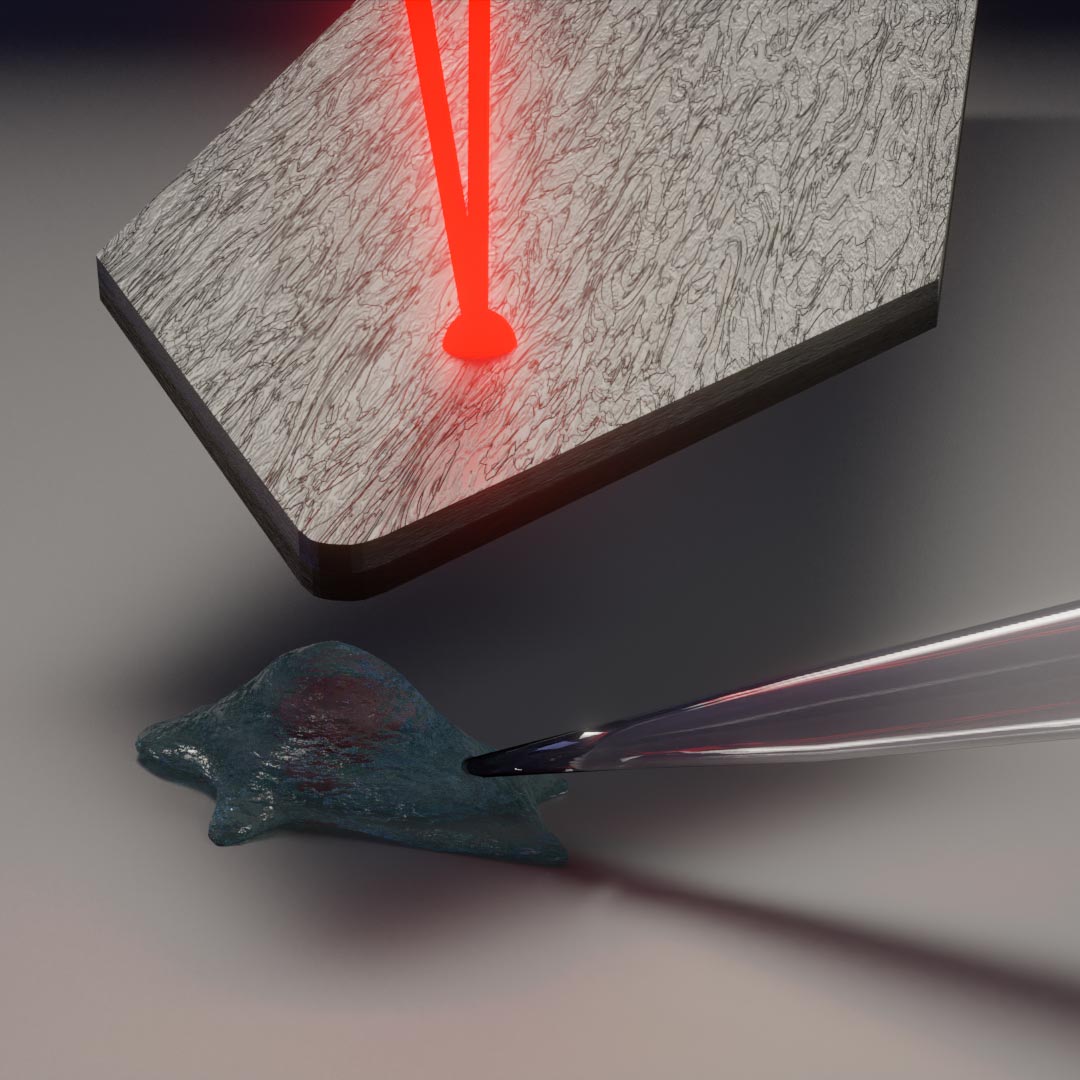
Specialized cells have evolved to sense physical forces important to our sense of hearing and touch. However, all cells must take into account their mechanical environment to regulate growth, development, and normal physiological function. From the unique structure and organization of hair cells in the ear to local cytoskeletal regulation and expression of modulatory proteins I am overall interested in how cells specialize to sense the range of forces relevant to their normal function. By taking a comparative approach I hope to uncover new mechanisms through which cells tune their force sensitivity and better understand how these signals are then integrated with chemical and electrical cues to build a more whollistic view of the local environment.
My thesis work has focused on the role of ion channels which relay the most rapid of these signaling events across a wide range of cell-types. It is only fairly recently that we have made great strides in identifying the repertoire of force-sensing channels found in mammals. Fascinatingly, while many other biological problems converge on a small set of structural motifs, mechanosensing ion channel families show a wide range of unique structures. Why does this heterogeneity exist? Do different protein families show different intrinsic thresholds or sensitivity to mechanical forces? Or perhaps does structural heterogeneity allow for distinct regulation that is important for further refining cellular mechanosensitivity?


To tackle this problem I built a system where I use an atomic force microscope as a force actuator and measure the conversion of mechanical work into channel gating. This allows me to directly ask the question, "How efficiently is the energy of mechanical work driving channel gating in the context of a whole cell?" Through this work I hope to shed some light on both how different force-sensing channels compare in their cellular detection thresholds and sensitivity but also how they may differ in their modulation. Stay tuned and hopefully I will be able to share some answers soon!